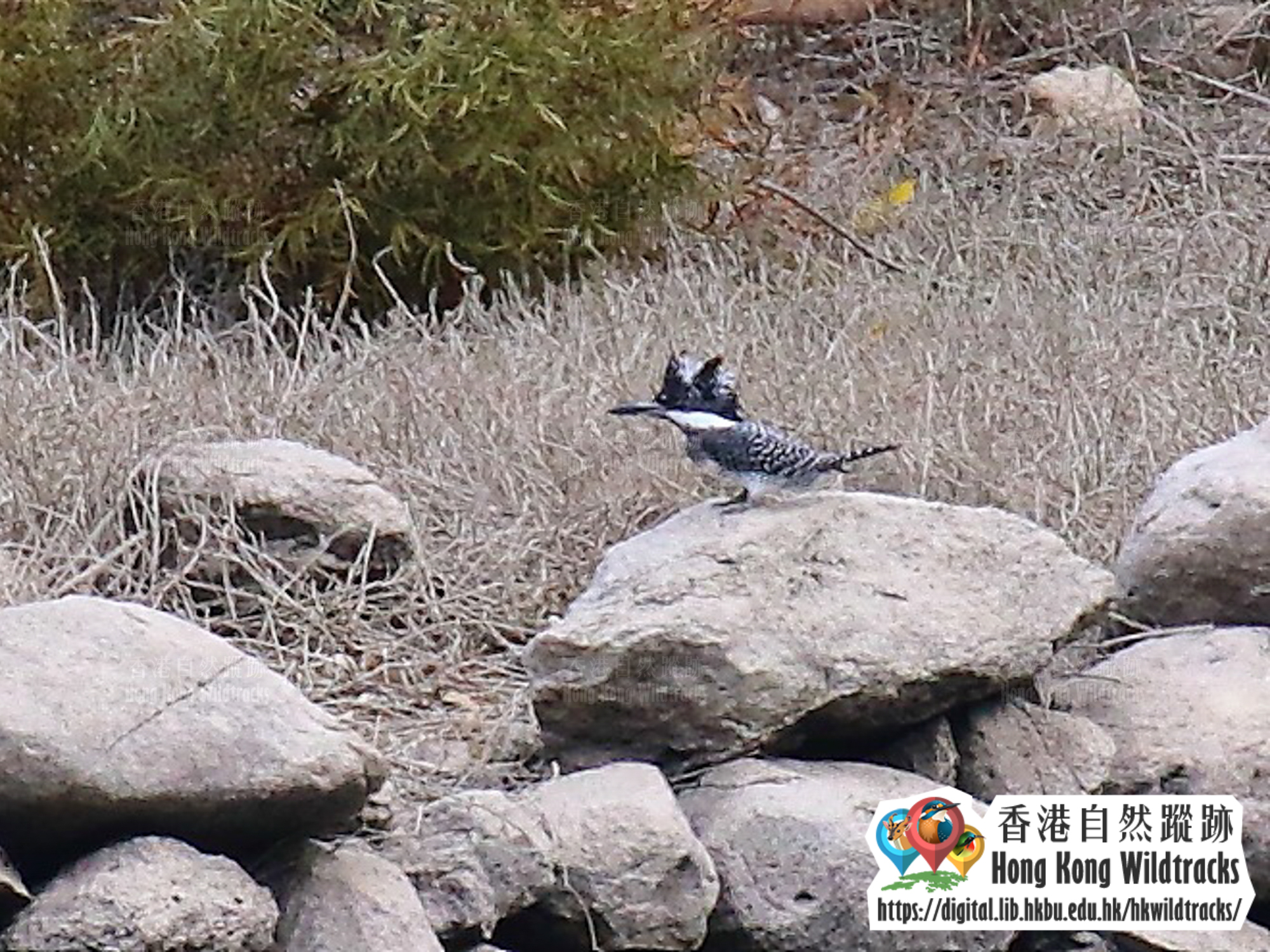

Bay Woodpecker is a forest specialist distributed in southern China and Southeast Asia. In Hong Kong, it is a resident found in secondary forest. It feeds on wood-boring invertebrates on tree trunks such as termites, by hammering holes on trunks by its bill and seizing preys from the holes with its long and barbed tongue. In the 1990s, there were only three records from Tai Po Kau, and it was not until 2005 that there were regular records every year. Since 2010, there have been increased sightings from locations other than Tai Po Kau, covering mainly Country Park area in New Territories, such as Tai Lam, Lam Tsuen, Tai Mo Shan, Shing Mun, Ma On Shan, Sai Kung, Bride’s Pool and Lai Chi Wo. Regular sightings and range extension indicate the successful establishment of stable local population in recent decades, which could be partly attributed to the increasing area of secondary forest by vegetation succession.
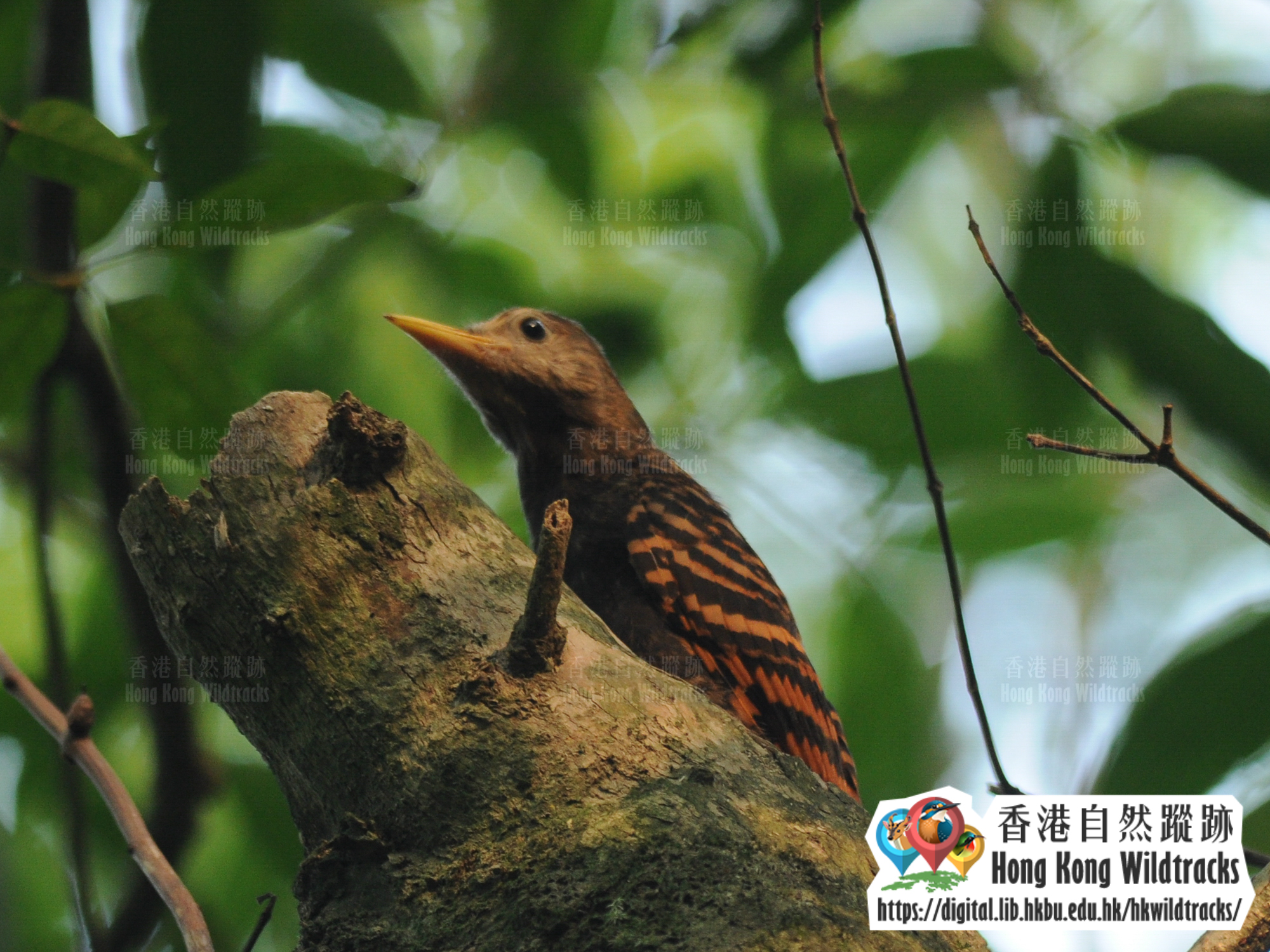
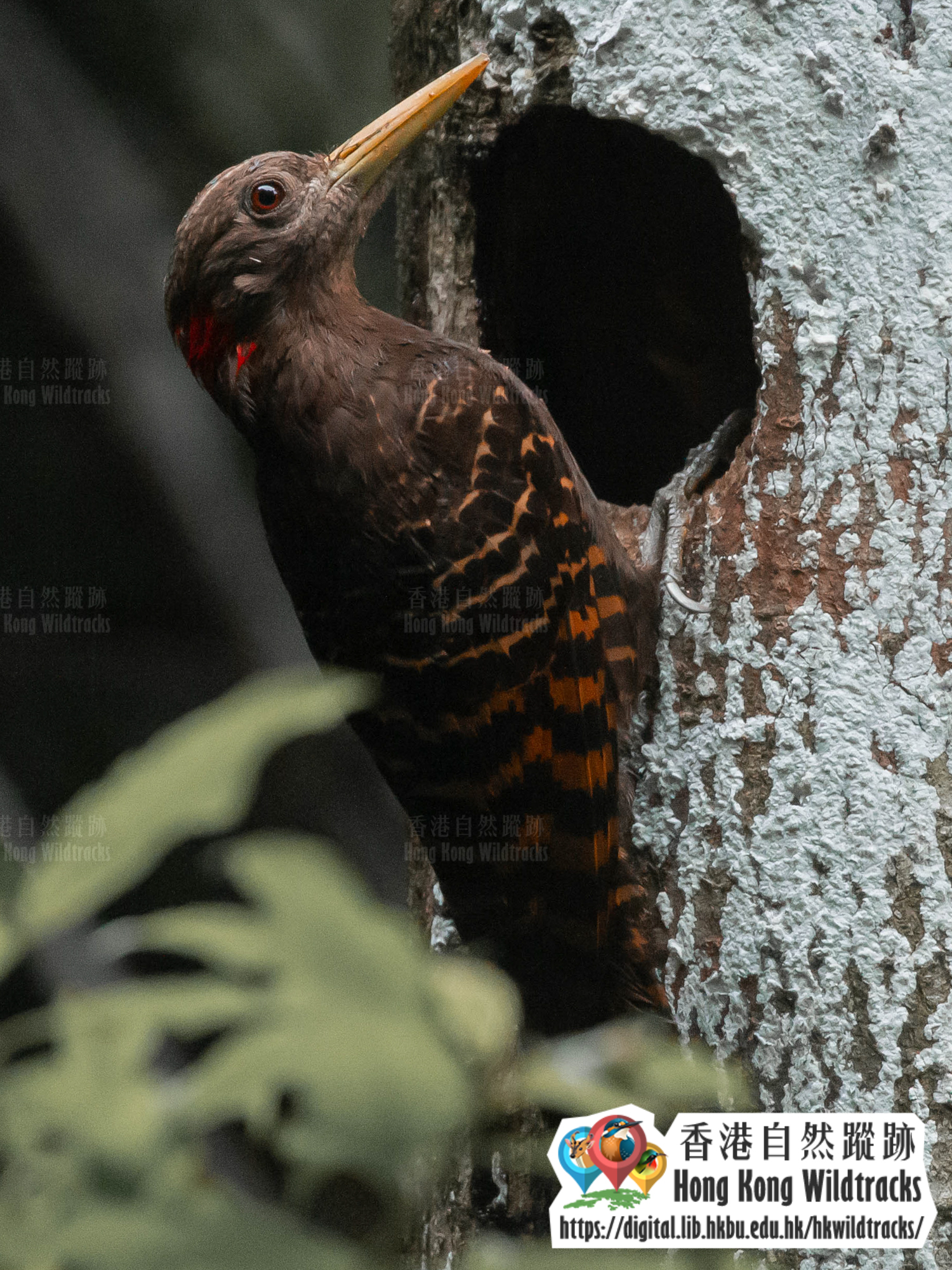
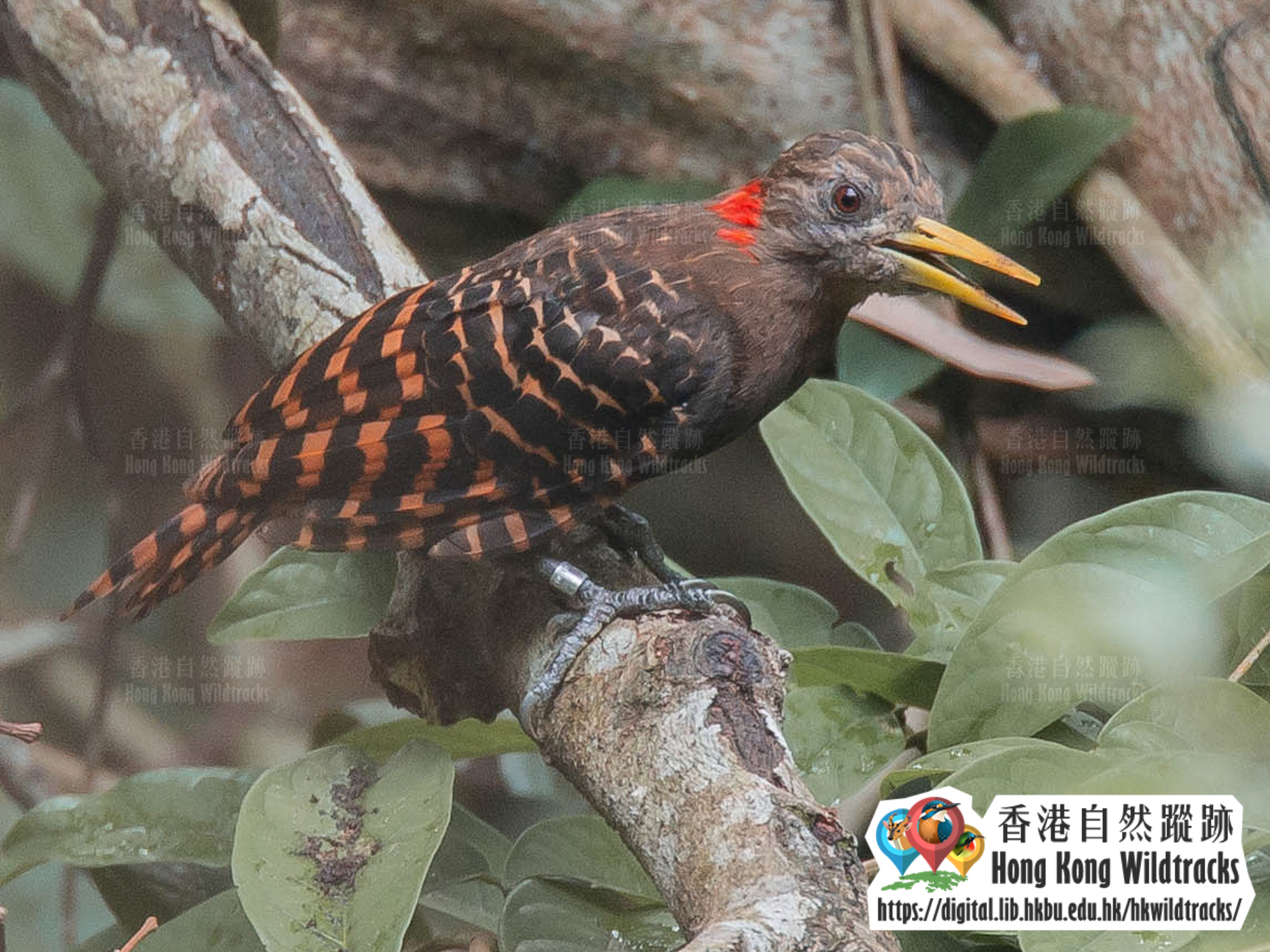
Little Grebe inhabits gei wais, fishponds, reservoirs and coastal lagoons. It dives to forage with the propulsion generated from its legs which grow at the rear part of the body, and this specialized body structure makes it clumsy when walking on land. There are breeding and non-breeding populations in Hong Kong. During breeding season, it is mainly found in Northern New Territories from Deep Bay area to Starling Inlet. While in non-breeding season, it is more widespread and could be found in other locations such as Lantau Island, Shing Mun, Kam Tin and Shuen Wan, which are probably occupied by passage migrants and winter visitor. There is an increasing trend as evidenced by the increase in annual peak count from 179 to 445 from 2002 to 2018, which could be partly attributed to the increasing breeding population.
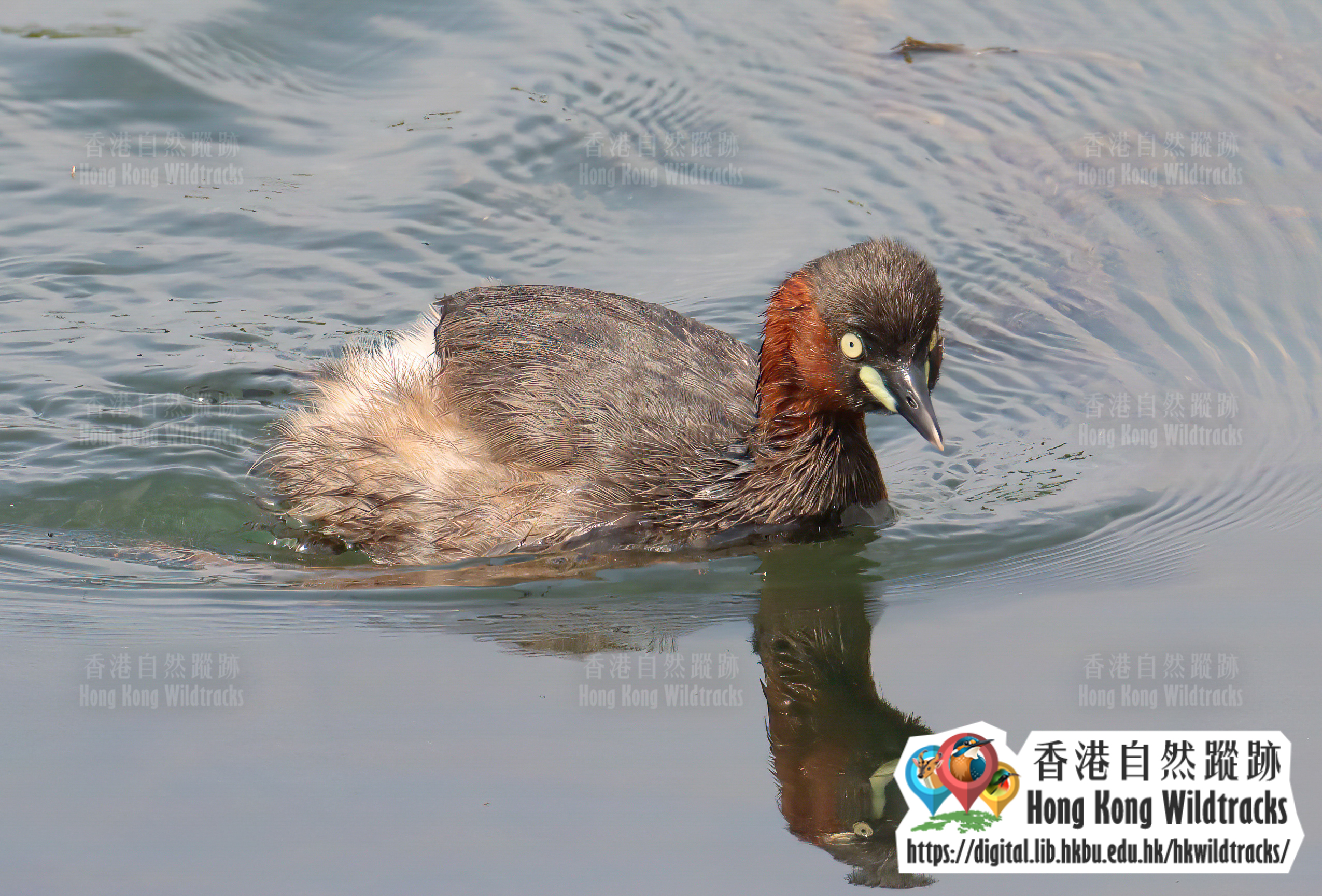
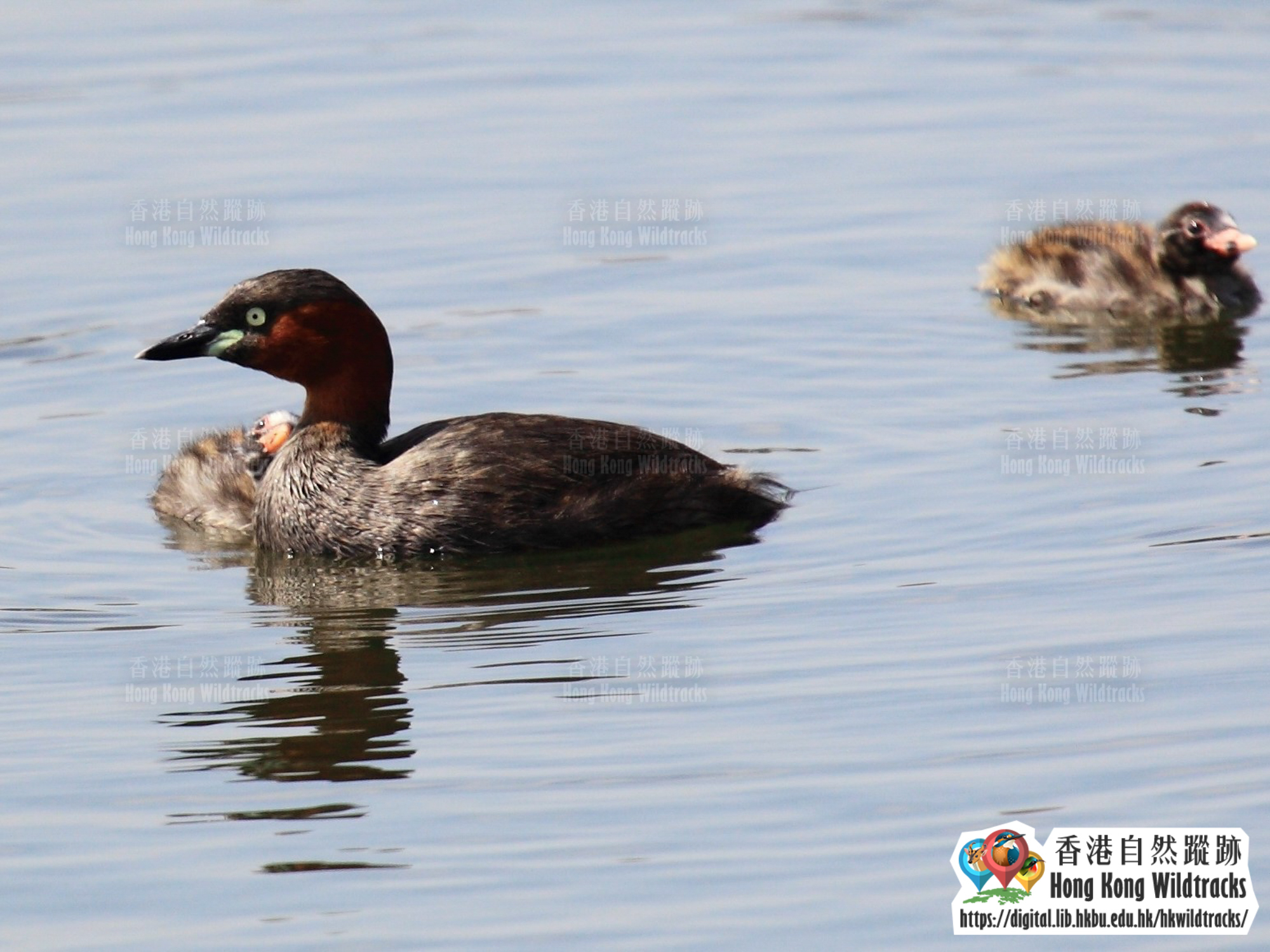
Black-faced Spoonbill is a charismatic waterbird along coast of East Asia. It was once considered as critically endangered in early 1990s when there were less than 300 individuals but was fortunately brought back from the brink of extinction, thanks to the international effort in conserving important coastal wetlands in their own countries, and there were more than 4,000 individuals recorded in 2019. It breeds in Korea Peninsular and winters along coast of East Asia with the largest wintering population in Taiwan. In Hong Kong, it forages in drain-downed fishponds, gei wais and intertidal mudflats in Deep Bay area, with its pipa-like bill sweeping in shallow water to filter out preys such as fish and shrimp. Along with the increasing trend of the overall population, there is also an increasing trend of Hong Kong wintering population, as evidenced by the increase in annual peak count from 50 to 383 from 1989 to 2018. The number seems to fluctuate from around 350 to 450 in recent years despite of the increase in overall global population, implying that the maximum carrying capacity of Deep Bay area for this species might be reached.
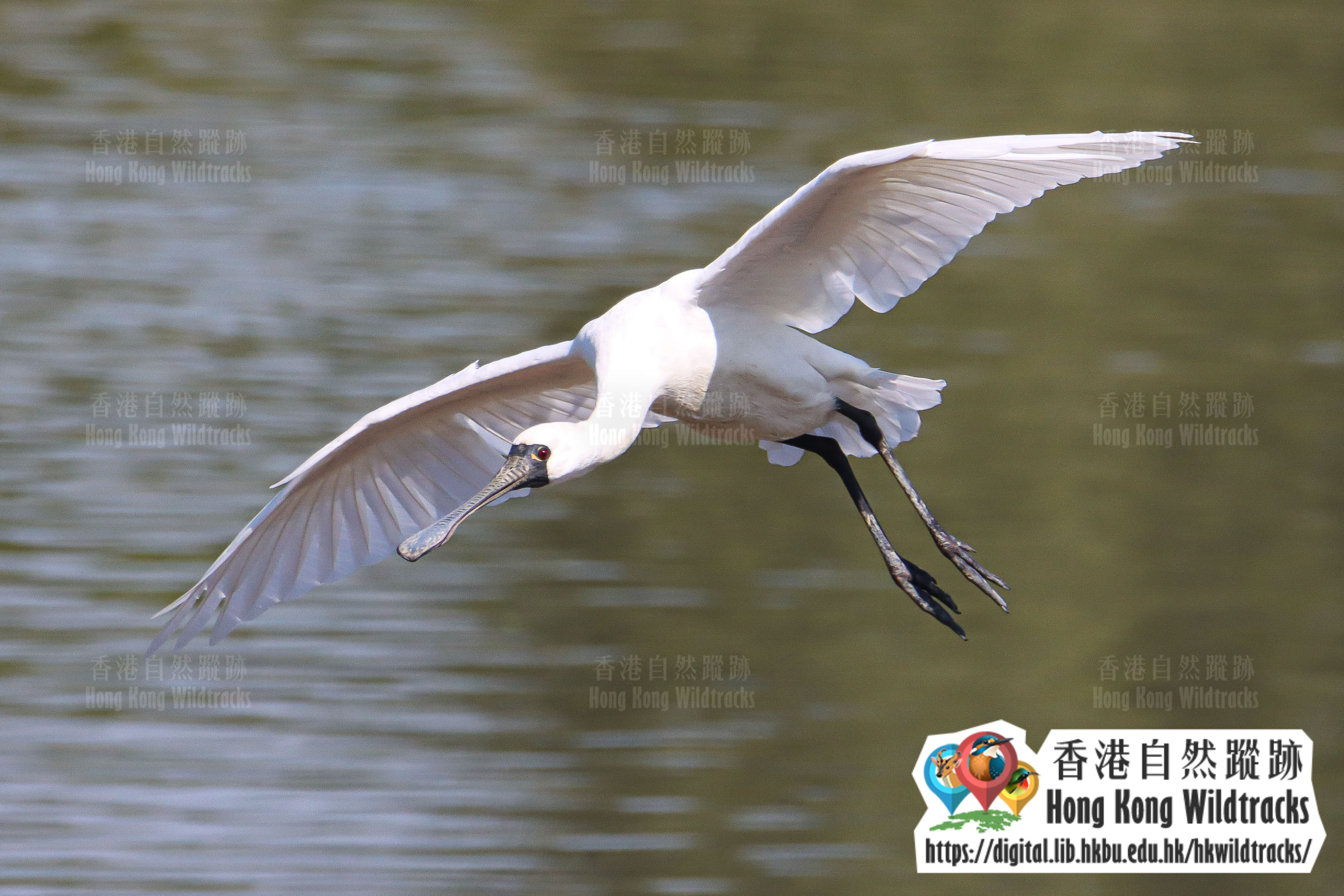
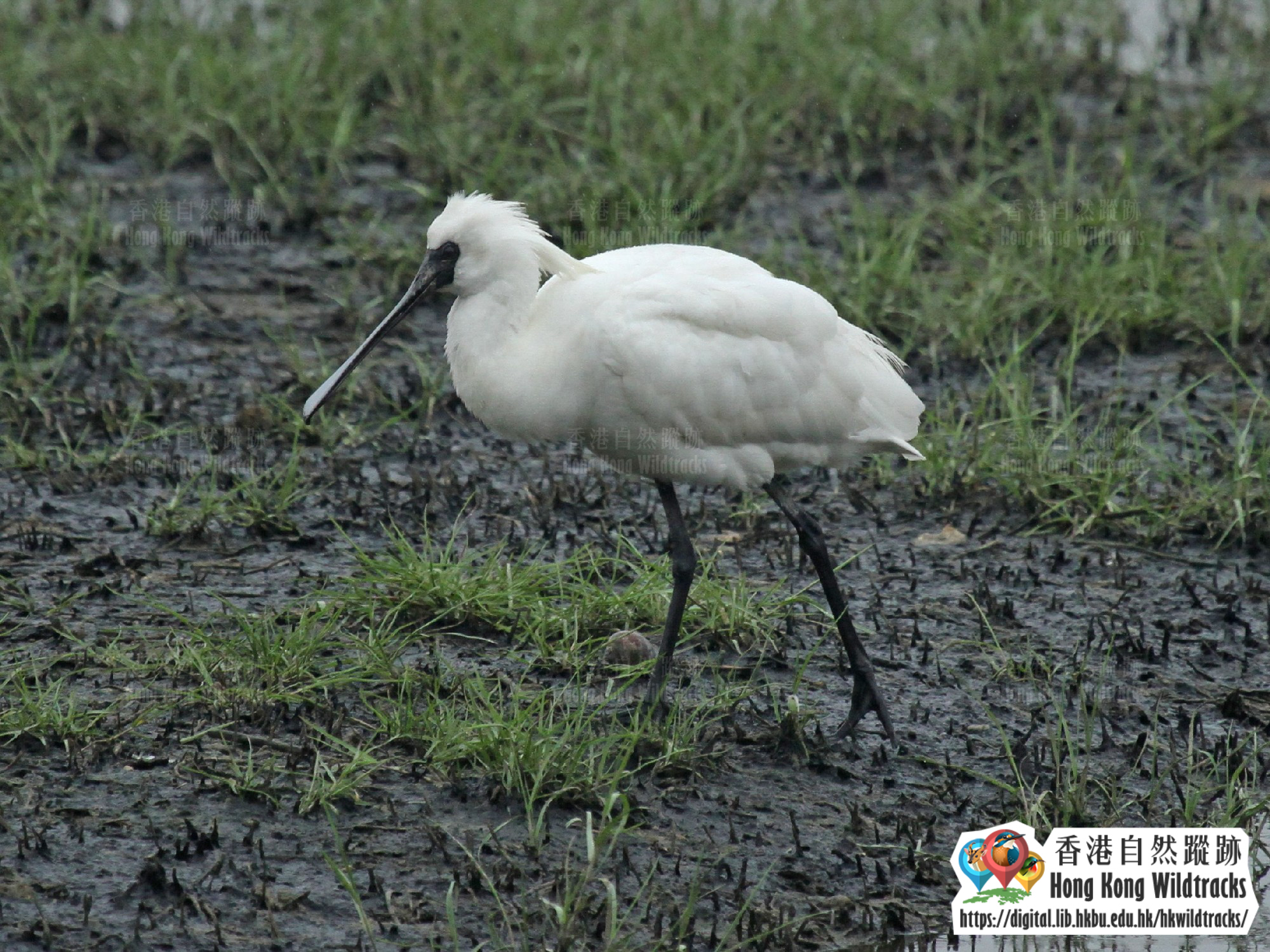
Mountain Tailorbird is a small songbird found in south and southeast Asia. It inhabits closed-canopy woodland and shrubland and favors shady tangling woody vines under canopy. The first confirmed record in Hong Kong was from Tai Po Kau in 1999, and the sightings rapidly increased ever since. In 2003, sightings from other locations such as Ng Tung Chai, Shing Mun, Sha Tin pass and Kowloon Hills were reported. In 2005, breeding activity was noted and juvenile was reported from Ng Tung Chai. In 2010, sightings from islands e.g. Hong Kong Island, Tung Ping Chau and Po Toi were reported. It is now widespread in Hong Kong with majority found in New Territories. More sightings were reported from non-breeding season than breeding season implying the presence of passage migrants and winter visitors. Since it is not known as long-distance migratory species, occurrence of the non-breeding population might be due to altitudinal migration from other mountainous regions.
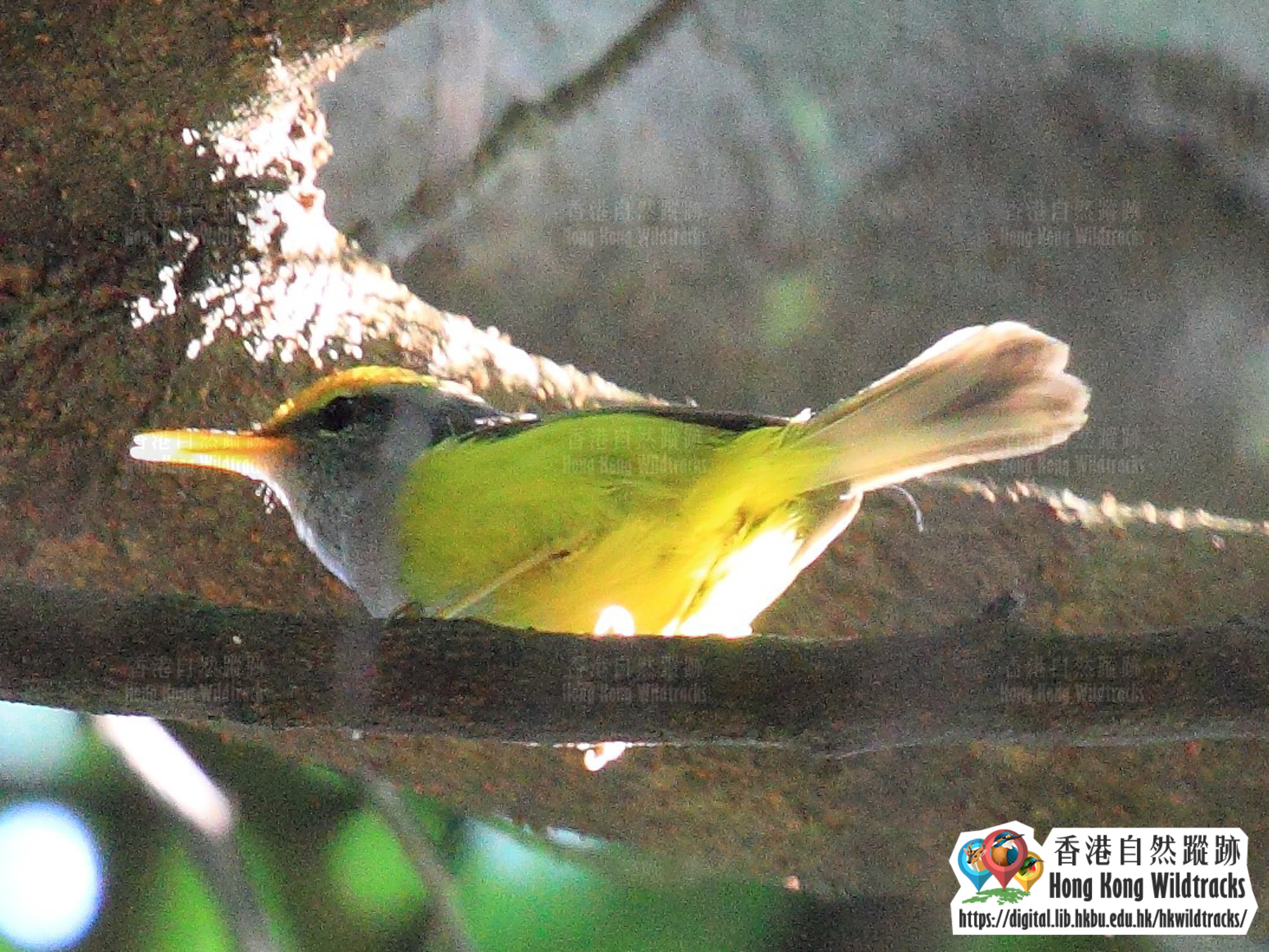
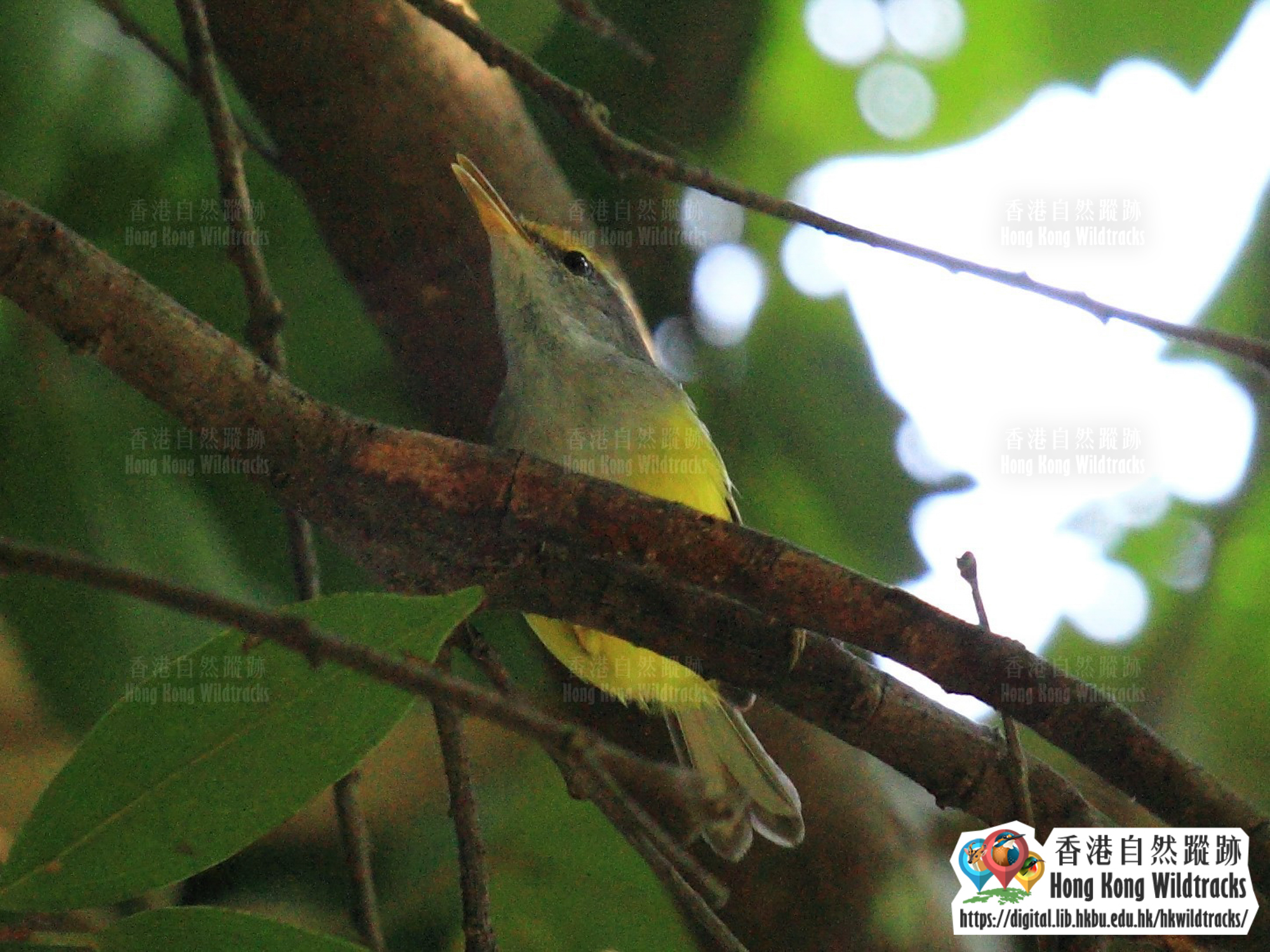
Tufted Duck breeds in north and central Palearctic region, and migrates southward to winter in Africa and central & south Eurasia. In Hong Kong, it is a winter visitor to the Deep Bay area with few occasional records in Shuen Wan and Starling Inlet. It inhabits gei wais, sheltered bay and large open fishponds, where they can dive to forage. The wintering population in Hong Kong keeps increasing in recent decades. In the 1980s, the wintering flock was not more than 150, but the number increased to around 1,000 in 1990s, 4,000 in 2000s, and a historic peak count of 11,613 recorded in December 2016 in Deep Bay area. This remarkable population increase is not seen in other Anatidae species present in Hong Kong and the causes are still unknown.
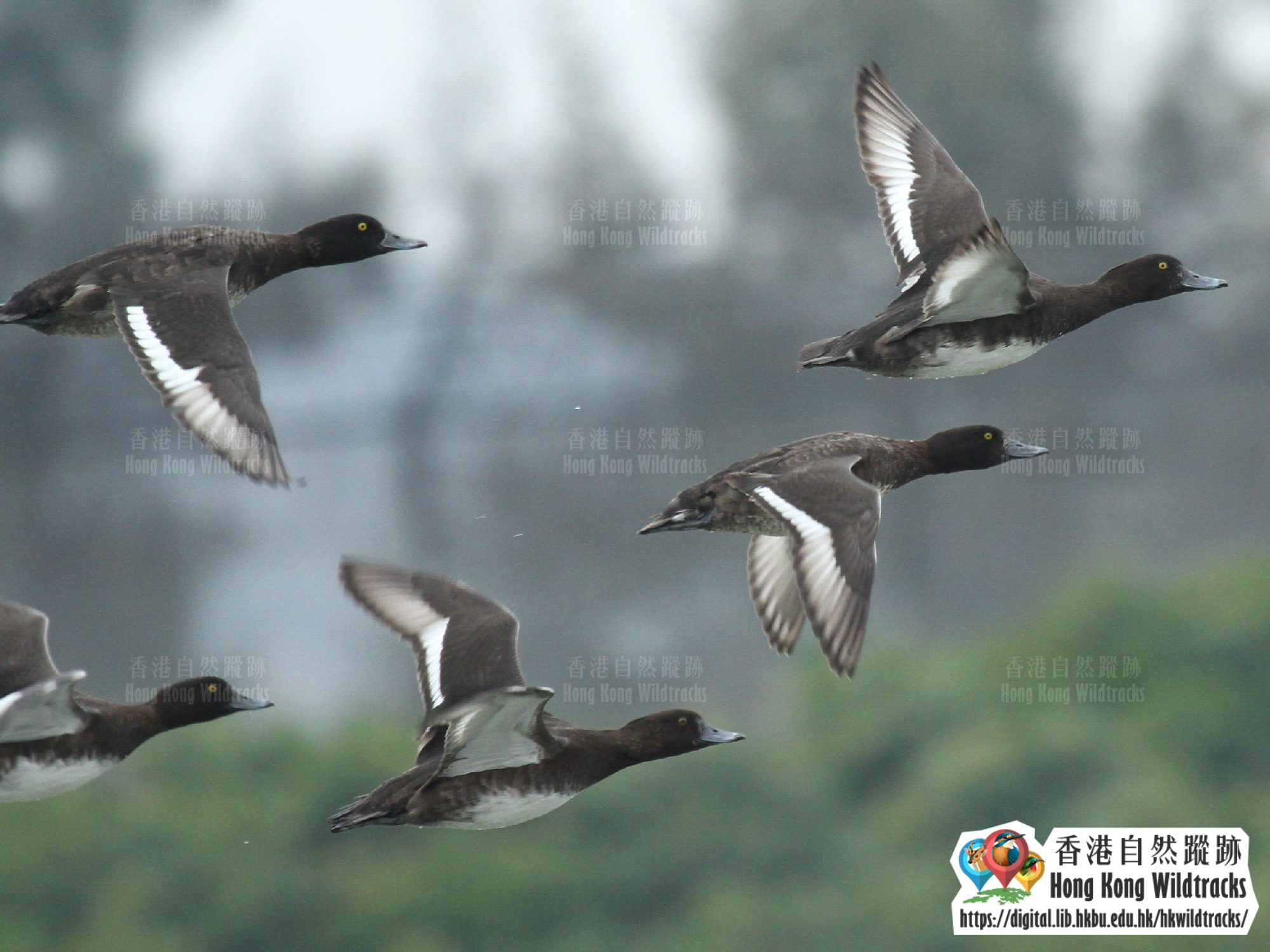
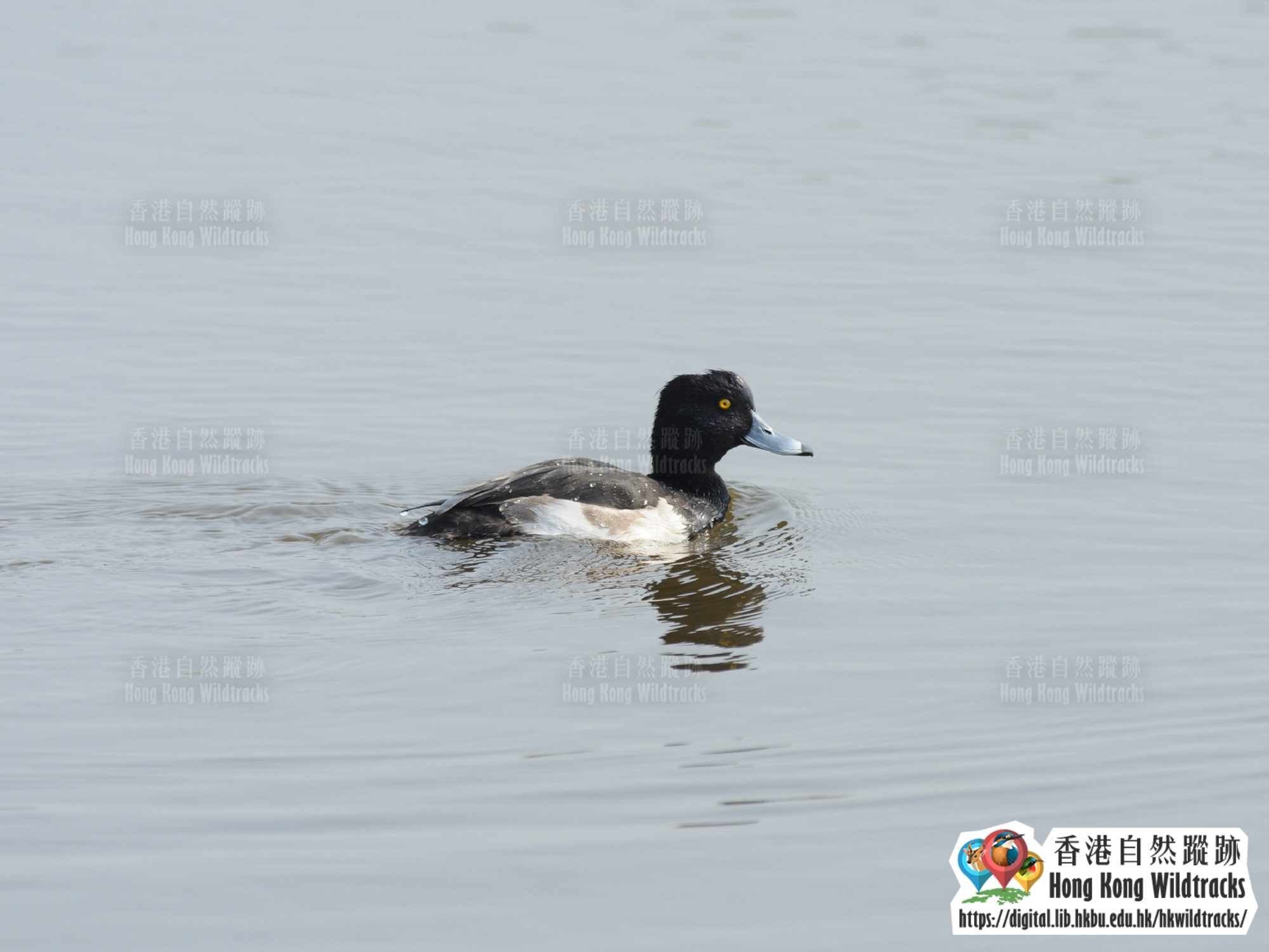
Dalmatian Pelican is the most massive pelican which breeds from Southeast Europe to western Mongolia, and the Mongolian population makes post-breeding migration to southeast China, of which some become winter visitors to Deep Bay estuaries in Hong Kong. Unfortunately, the wintering population experienced continuing decline from peak count 83 in 1970s, 74 in 1980s, 24 in 1990s, 16 in 2000s, to no individuals recorded in 2010s. Habitat degradation and persecution outside Hong Kong are considered main threats causing the decline. The current wintering population of Dalmatian Pelican in east Asia is estimated below 150 individuals, raising the alarm about the emergency of Dalmatian Pelican conservation actions, and international conservation action plan is currently under drafting.
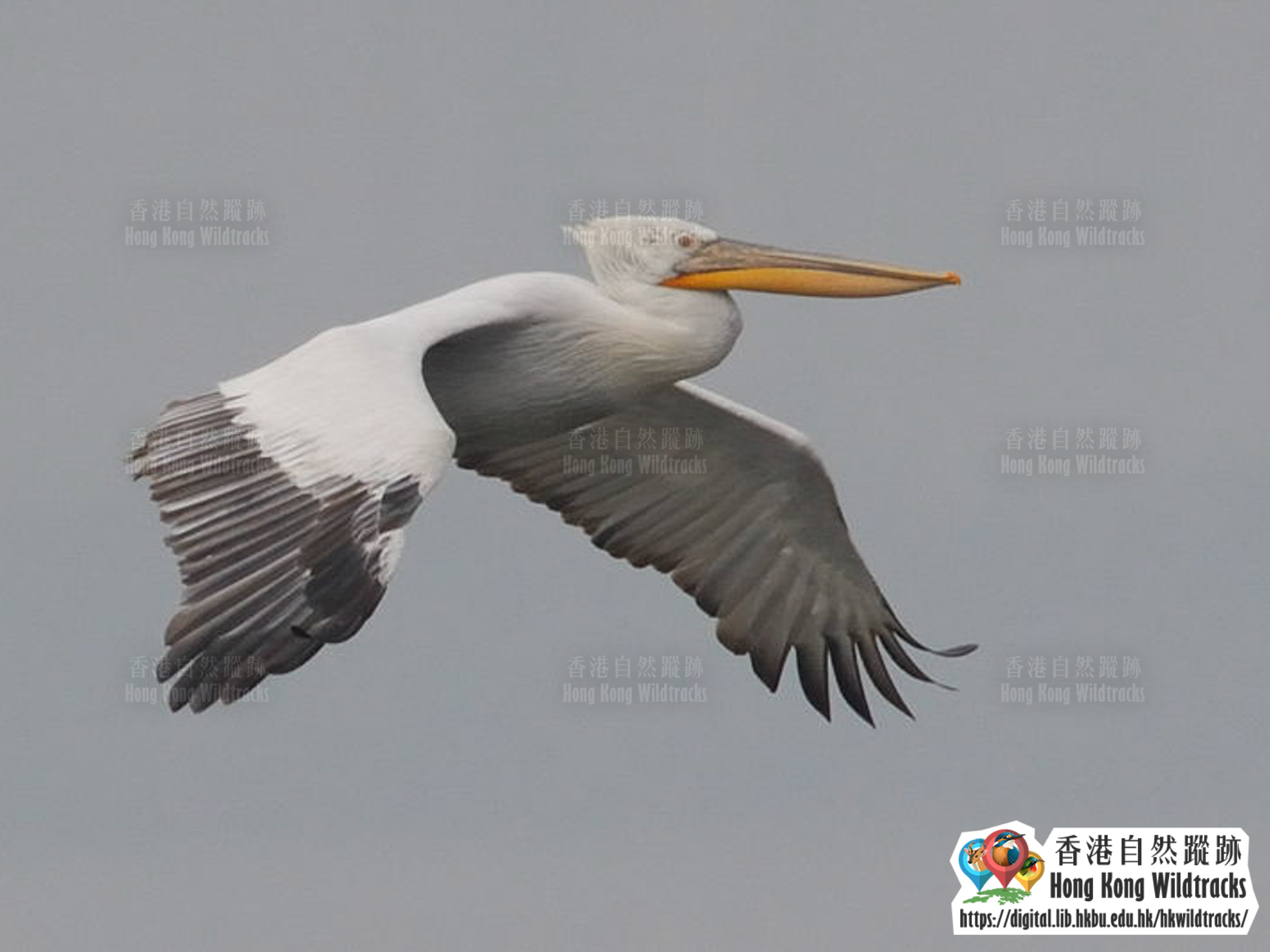
Eastern Cattle Egret is one of the egret species which breed in egretries in Hong Kong, and also the one suffering continuous population decline. It forages in open grassy area and freshwater marsh e.g. abandoned field in Kam Tin and Pui O, while this type of habitat is diminishing due to fly-tipping activities and agricultural land rezoning for open storage and industrial use. Count of breeding pairs drops from 60-80 to 20-40 from before to after 2010s. Although there is no significant decline for the non-breeding migrants of Eastern Cattle Egret, the decline in breeding population associated with shrinking habitat of open country in Hong Kong is worth conservation concern.
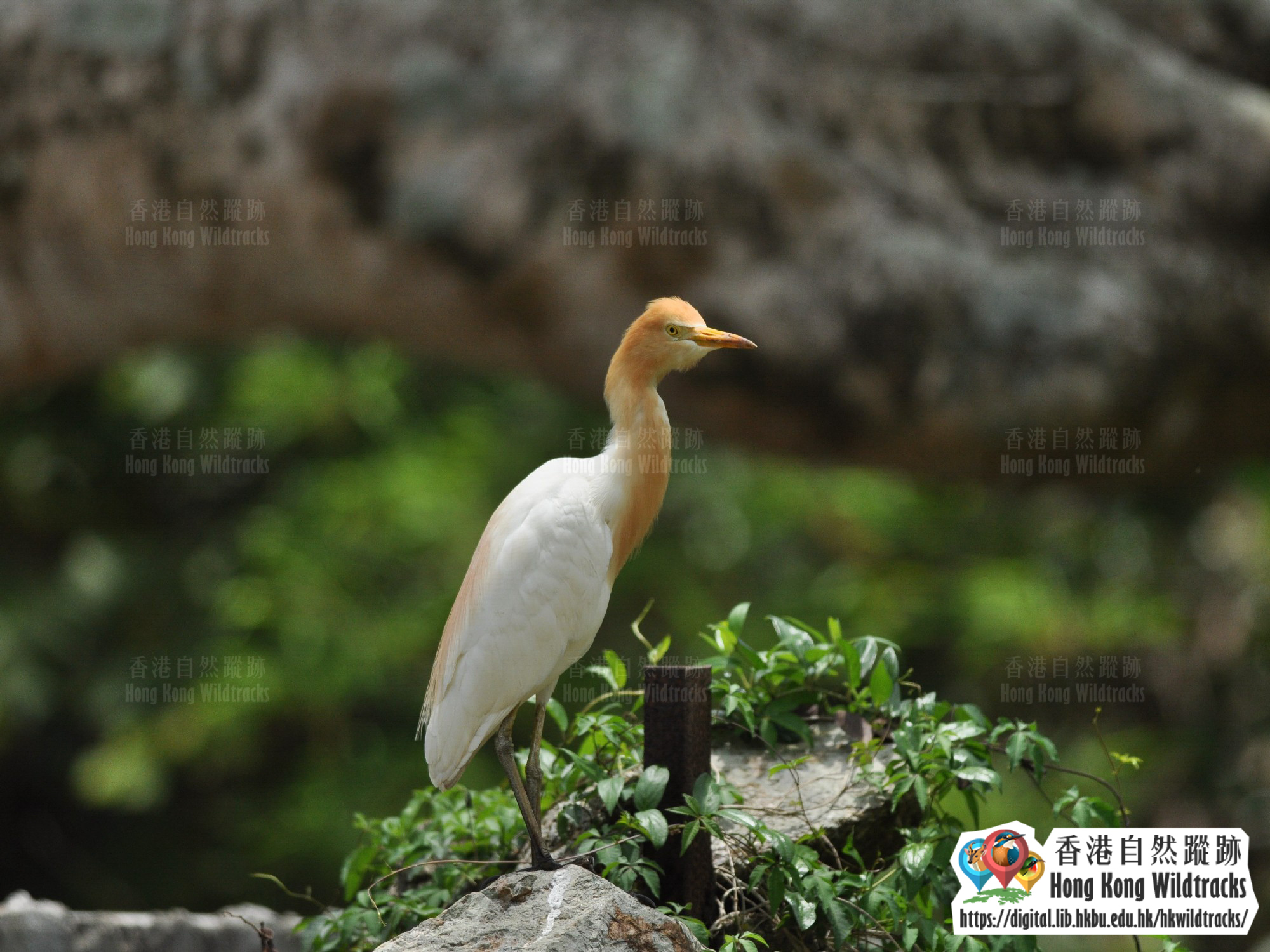
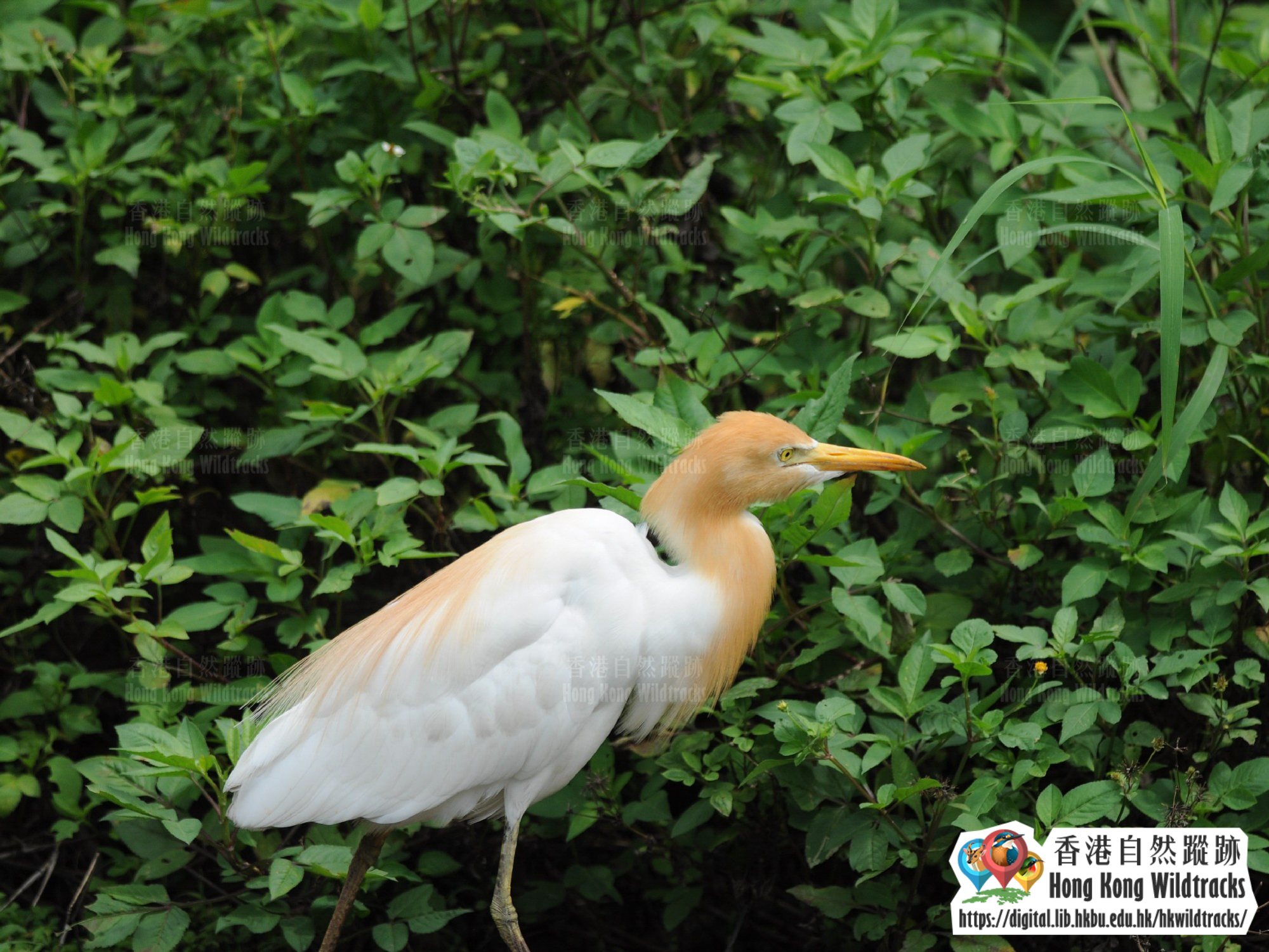
Japanese Quail breeds in northeast Asia and is a non-breeding visitor to Hong Kong. It inhabits low-lying grassy area such as dry grassland, agricultural land and fishpond with well-vegetated bunds, and is difficult to observe as it usually skulks inside vegetation. Estimation on its actual population size in Hong Kong from sighting records might be difficult due to its low detectability, but comparison of peak count between years reveals sign of decline. By summing up weekly peak count for 10 years, the aggregated weekly counts in autumn are similar between 1990-99 and 2005-14 at around 20, while the count in winter from 1990-1999 ranged from 20 to 40 but the number dropped to less than 5 from 2005-2014. Although the autumn passage migrants do not appear to have significant decline, the local wintering population is apparently disappearing, indicating that Hong Kong would no longer be a favorable wintering site for Japanese Quail, probably due to the shrink in agricultural land.
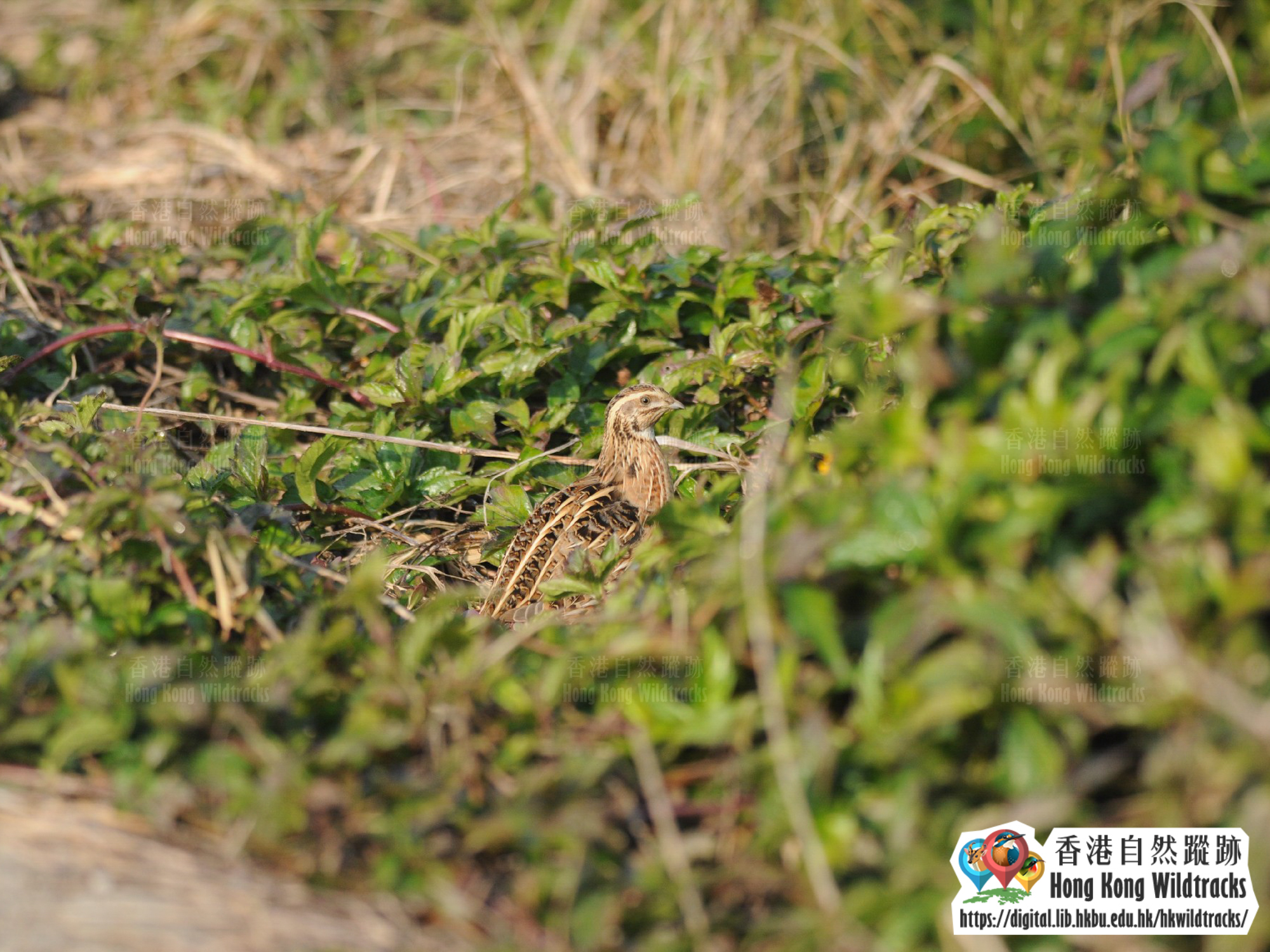
Yellow-breasted Bunting breeds in Palearctic region and winters in southern China, southeast Asia and India. It is passage migrant to Hong Kong common in autumn but scarce in spring, and mainly feeds on seeds in rice paddies. The heavy demand for food consumption in mainland China causes massive scale of hunting and trapping, resulting in an estimated rate of around 80-90% population decline at various breeding sites. By summing up weekly peak count for 10 years, the peak aggregated weekly count in autumn from 1990-1999 is about 1,200 but the number dropped to less than 300 from 2005-14, and this decline in Hong Kong highly synchronized with the estimated decline in breeding grounds in terms of timing and scale, and this reinforces the fact that this species is significantly declining and getting close to extinction soon.
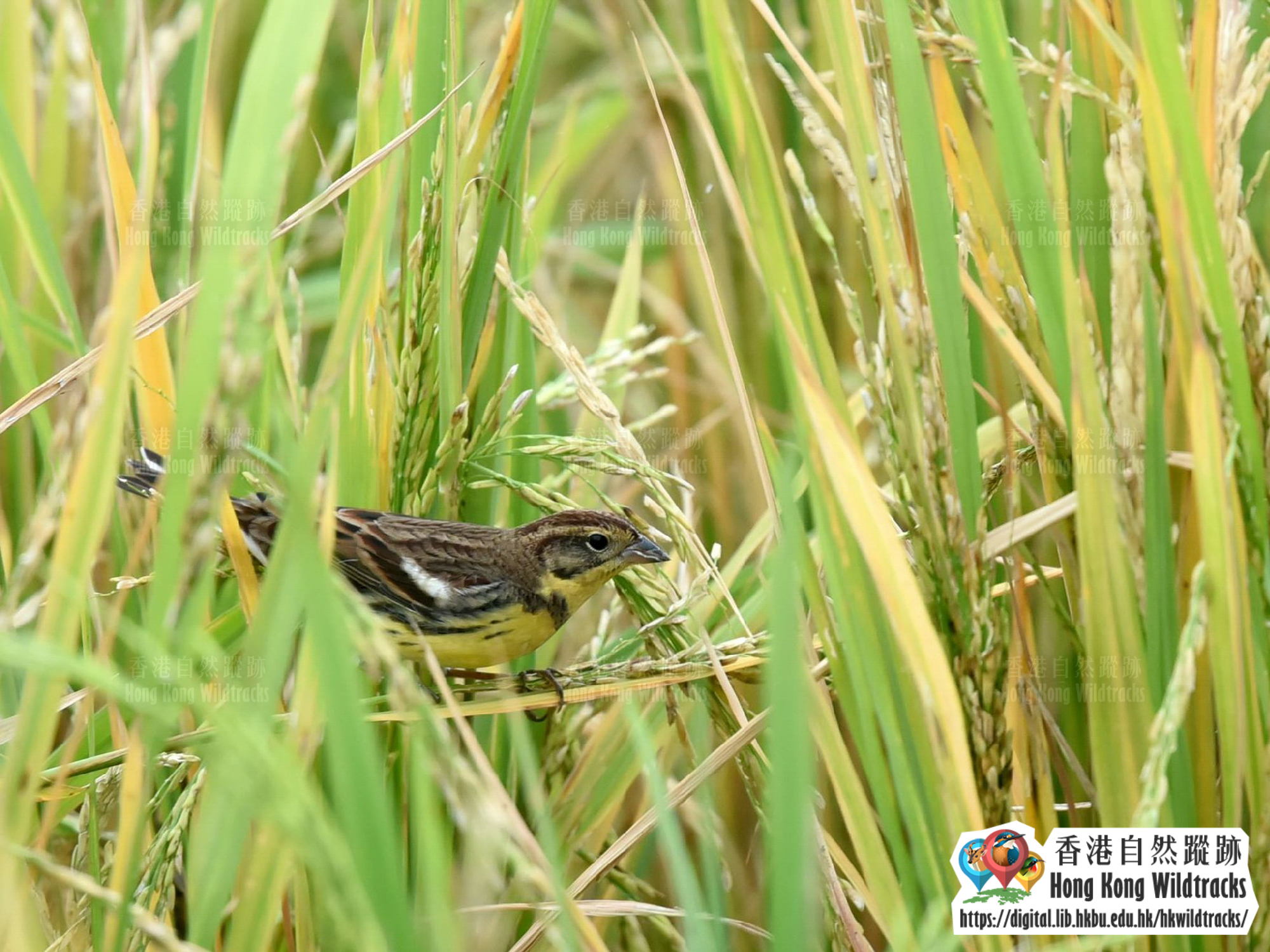
Crested Kingfisher is the largest Kingfisher in Hong Kong, and once a scarce resident, but now without regular record. It inhabits fast flowing streams and rivers with wooded banks. Sightings were mainly from the Northeast New Territories such as Plover Cove, Lai Chi Wo, Nam Chung etc., and there were few and irregular records from Sai Kung, Tai Lam, Lantau Island and Hong Kong Island. Sightings in the 1990s were the most regular when there had been an 8-years continuous record from 1992-1999, involving 1 to 4 individuals and there was an observation of entering a possible nest hole in 1998. In the 2000s, there had been a 4-year continuous record from 2001-04, involving 1 to 2 individuals, the sole record afterwards was 1 at So Lo Pun in 2009. In the 2010s, the only record was 1 at Chung Mei in 2017. The lack of regular records in recent years implies that the resident population has likely disappeared, and the individuals recorded occasionally might be wanderers or altitudinal migrants from other regions.
